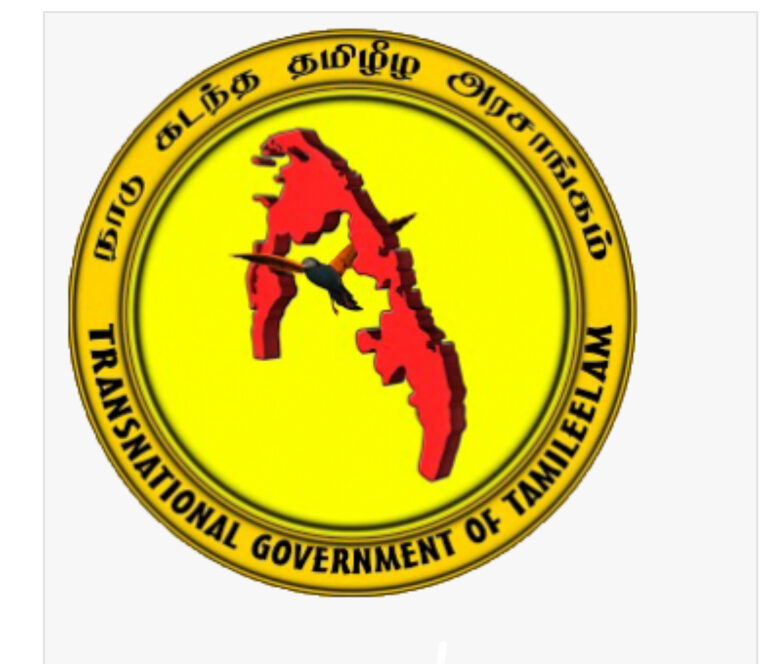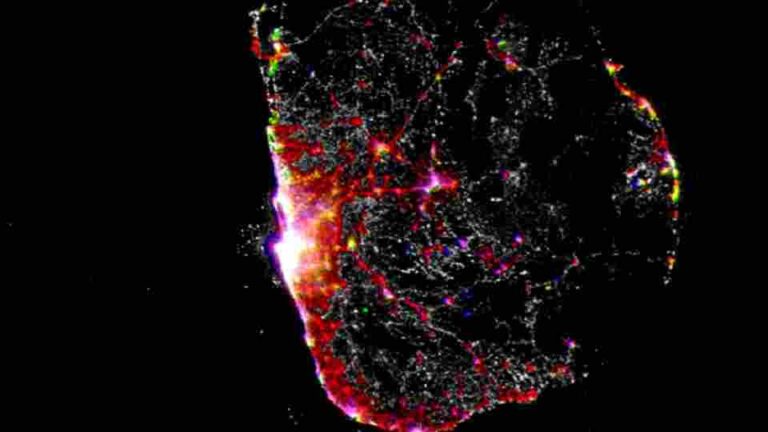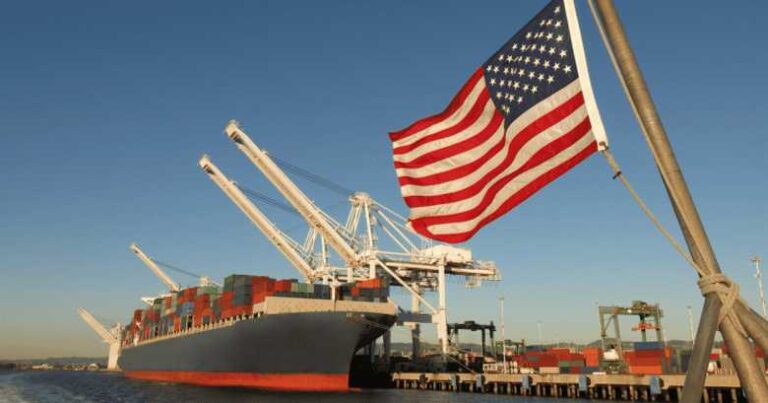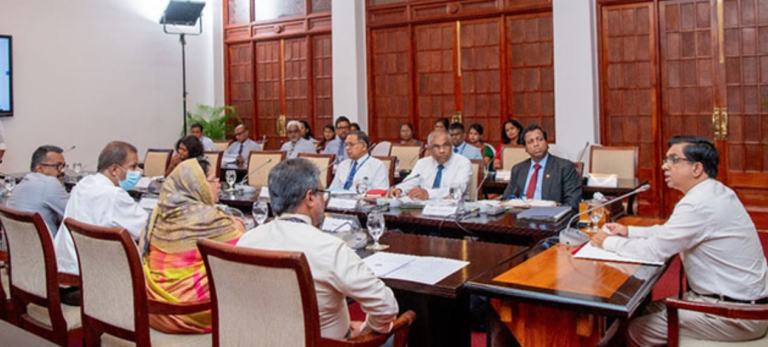Transnational Government of Tamil Eelam (TGTE) said in a press release that the New Sri Lankan Government Continues State Policy of Impunity, Denying Justice for Tamil people.
It further stated that “In his March 3, 2025, opening remarks at the UN Human Rights Council’s 58th session, which ends today April 4th, UN High Commissioner for Human Rights Volker Turk aptly stated, “An absence of accountability leads directly to an absence of peace.”
“In the island of Sri Lanka, the absence of accountability not only leads to the absence of peace, but rather and more urgent, threatens peace, as demonstrated by the widespread violence against Muslims that followed the Mullivaikkal Tamil Genocide and the continuing structural genocide of the Tamils.”
Given that thus far not a single Sinhala perpetrator who committed crimes against Tamil victims has been held accountable for their crimes, TGTE welcomes High Commissioner Turk’s observation that the present and newest Sri Lankan regime’s “…commitment to end impunity should extend to the large-scale violations that occurred during the civil war and prior insurgencies. These crimes must be thoroughly investigated, justice served to the victims, and perpetrators held accountable.”
“It has been more than 16 years since the 2009 Mullivaikkal Tamil Genocide occurred in the final stage of the armed conflict and more than 14 years since the 2012 UN Expert Panel on Accountability in Sri Lanka wrote in its report commissioned by former UN Secretary-General Ban ki-Moon that they found that there are reasonable grounds to believe that crimes against humanity and war crimes were committed in Sri Lanka. Yet not a single person has been brought to justice, let alone been arrested. (This is the standard used by the ICC to issue arrest warrants.)”
“Last week, the UK government-imposed sanctions on former head of the Sri Lankan Armed Forces Shavendra Silva, former Navy Commander Wasantha Karanagoda, and former Commander of the Sri Lankan Army Jagath Jayasuriya.”
TGTE further stated that in 2023, the Canadian government imposed similar sanctions on Staff Sargeant Sunil Ratnayake, Lieutenant Commander Chandana Prasad Hettiarachchi, former President Gotabaya Rajapaksa, and former President Mahinda Rajapaksa.
In 2020, the US Department of State sanctioned Lieutenant General Shavendra Silva—issuing a travel ban “due to gross violations of human rights.”
TGTE further said that, Notably, all of these individuals sanctioned are political and military leaders of the Sri Lankan state. It is telling that these culprits are able to live their lives carefree in Sri Lanka; This fact clearly demonstrates that there is no possibility whatsoever that these individuals will ever be subject to the domestic judicial accountability process, shattering the illusion that there can ever be accountability through a domestic process, hybrid process, or domestic process with technical help from the UN HRC that the international community has continued to cling on to despite all evidence to the contrary. Harboring or promoting such an illusion is nothing other than giving the victims false hope and facilitating the Sri Lankan State’s policy of impunity for grave international crimes.
Another factor against the domestic process with technical help from the UN HRC is the absence of the crime of Genocide in the Sri Lankan penal code. The factors identified by Special Rapporteur on the Occupied Palestinian Territories Francesca Albanese in her report subtitled “Genocide as colonial erasure “are the same factors noted in the 2012 UN Expert Panel Report on Accountability Sri Lanka.
In fact, the TGTE pointed this out in its August 29, 2011. letter to former UN Secretary-General Ban ki-Moon requesting to refer the political and military command of Sri Lanka to the prosecutor of the International Criminal Court (ICC) and also to set up a commission of inquiry to investigate international crimes that took place in the island of Sri Lanka against the Tamil People.
Furthermore, in his 2015 report, former UN High Commissioner for Human Rights Al Hussein requested that the Sri Lankan government revise its penal code to include the crime of genocide. TGTE calls on the UN HRC to heed attention to the fact that if it sanctions Sri Lanka’s domestic accountability process without any changes to its policy or penal code then genocide, the most heinous crime—internationally known as the “mother of all crimes”—will go unpunished in perpetuity.
The 2012 UN Expert Panel report also states that the Sri Lankan State should acknowledge its role in the violations of humanitarian (i.e. war) laws. It has yet to follow this UN advice. Instead, what we have and continue to witness is tribalism by all successive Sri Lankan governments since 2009. Thus, there is no space for justice for Tamils in the domestic accountability process.
The International Criminal Court (ICC) and the International Court of Justice (ICJ) are the only forums for accountability.
Every time there is a change of regime in Sri Lanka, we hear familiar florid language from the UN HRC and international actors—either on purpose or unwittingly—that the new Sri Lankan government is committed to reconciliation. There have been four regime changes since 2009—Yet there has been no reconciliation, no justice, no change whatsoever.
“It is high time the UN HRC and other international actors recognize that nothing has happened and change course.”
The fact of the matter is that all previous regimes were dominated by Sinhala leaders and the current government is no different – it’s a “chip off the old block.”
Like the regime of Gotabaya Rajapaksa, the current regime has also explicitly stated that;
“We have reiterated our rejection of Resolutions 46/1, 51/1, and 57/1 and the external evidence gathering mechanism on Sri Lanka that has been set up using these divisive and intrusive resolutions.
Prior to Sri Lanka’s most recent election, the current government promised that it would address the status of the POWs (i.e. Tamil political prisoners); repeal of the Prevention of Terrorism Act (PTA), and address the issue of enforced disappearances; yet like the government’s before it, this latest one has taken no action on any of these issues.
The current Sri Lankan regime is also aggressively engaged in the Sinhalization of Tamil areas in order to destroy the distinct identity of the Tamil nation; as demonstrated by removal and destruction of Hindu temples at Kurunthur Malai, Kuchchaveli, and the illegal construction of a Buddhist temple in Thaiyiddy on seized private Tamil land.
To those that say that the new regime should be given more time to address accountability, the TGTE responds: As noted above, more time will not produce meaningful results.
Meanwhile, the Mothers of the Disappeared and the victims longing for justice are dying. To ask them to continue to wait is to betray these victims who, despite already waiting for justice for more than 16 years, still believe in the United Nations and international justice. Justice delayed is justice denied.
It is with all of the above in mind that the TGTE strongly urges the UN HRC to pass a resolution in at their 60th HRC session in September when Resolution 51/1 (“Promoting reconciliation, accountability and human rights in Sri Lanka”) expires and the HRC has an opportunity to recommend the UN Security Council refer the situation in Sri Lanka to the ICC.




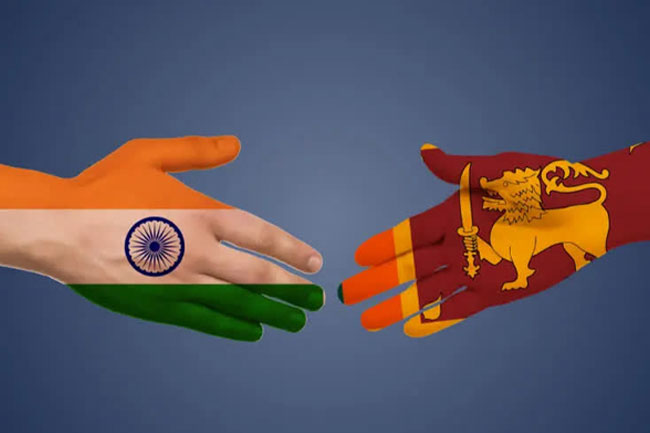
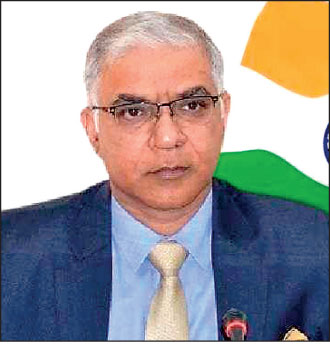 Indian High Commissioner to Sri Lanka Santosh Jha
Indian High Commissioner to Sri Lanka Santosh Jha
